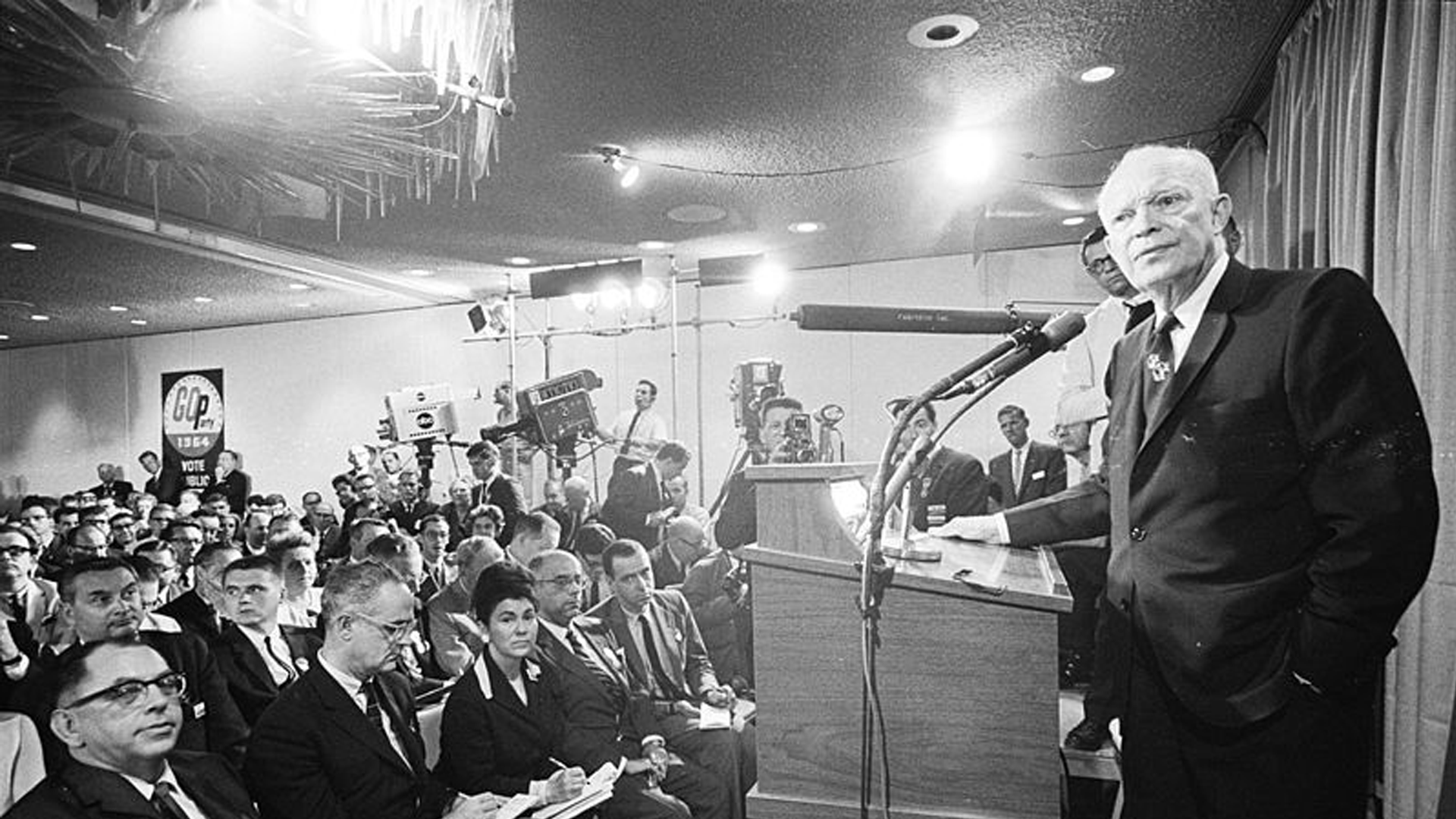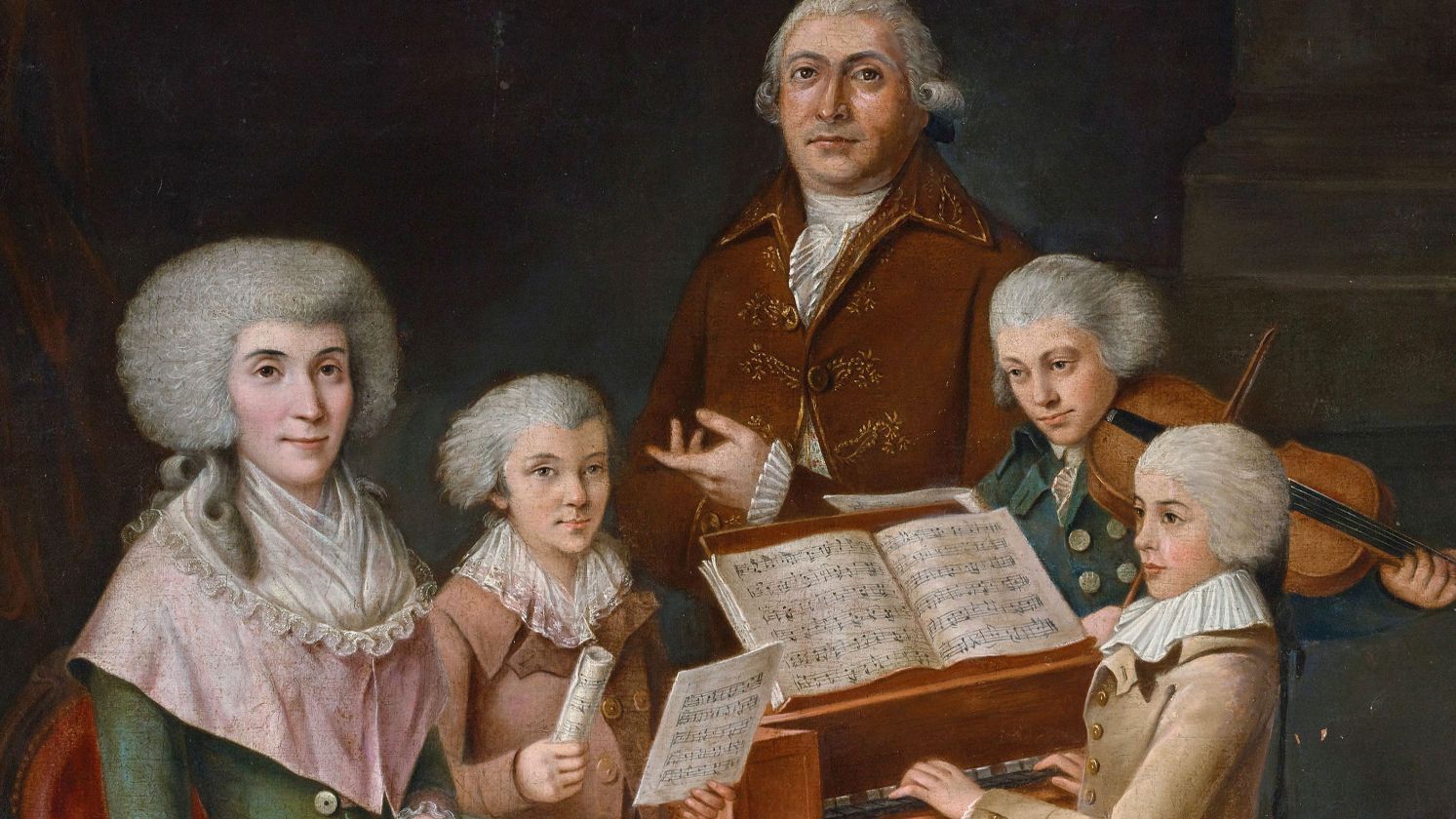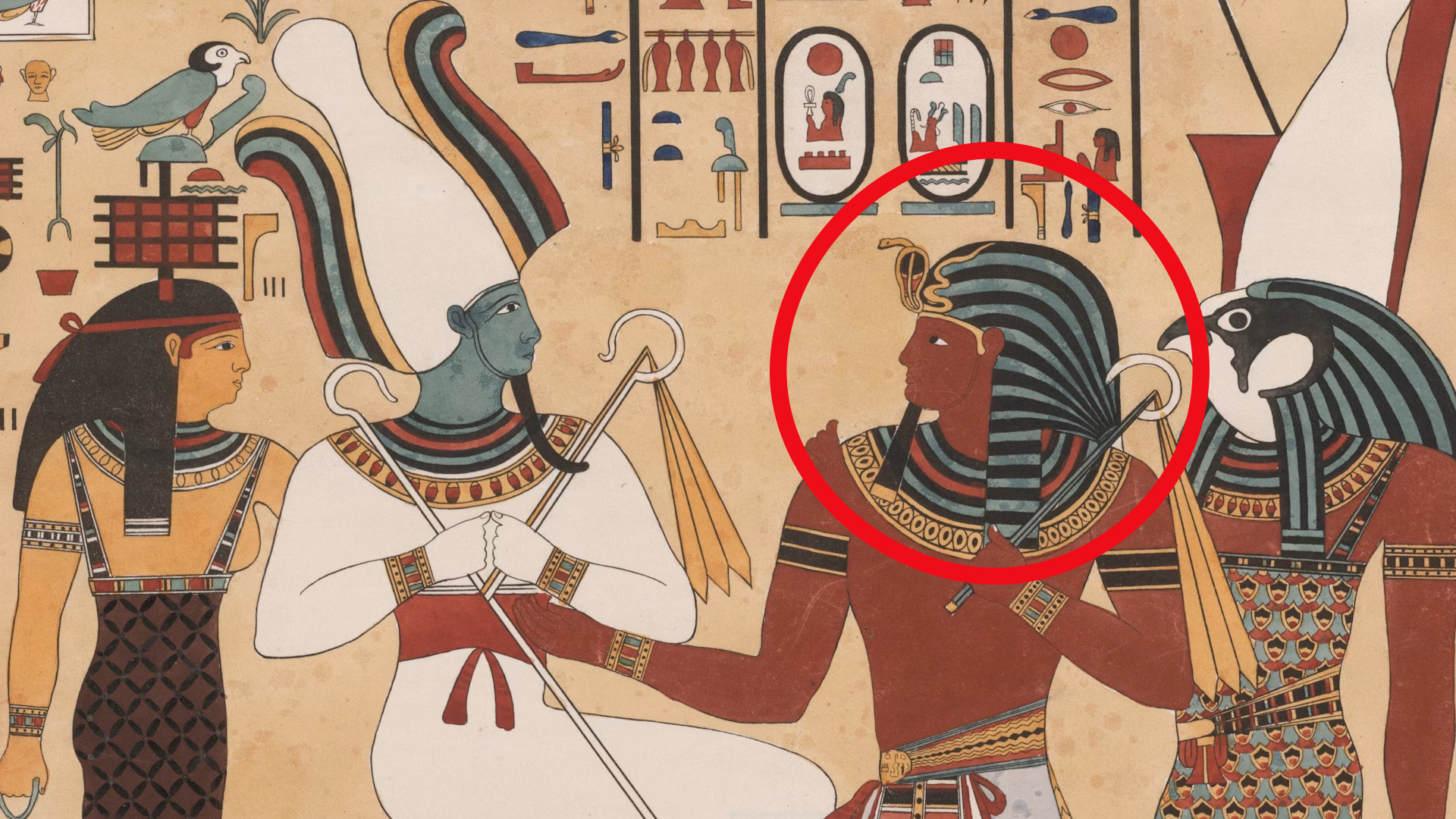The Dark Histories Hiding in Plain Sight
Everyday life is littered with objects so ordinary that we barely think twice about them. We clink our spoon against our coffee mug unthinkingly and leave our umbrella dripping by the door without a thought as to the origin of these items. Most of us would never think that any of these humble household items carry histories soaked in blood, born in moments of conflict. It’s strange to imagine that a table fork was once viewed as scandalous, or that scissors were designed for efficiency on the battlefield, or a wristwatch perfected not for convenience but for soldiers needing to synchronize an attack. What feels simple now was once terrifyingly new. Here are 20 everyday objects with surprisingly violent origins.
1. Forks
It’s difficult to imagine how you’d twirl spaghetti without this dainty tool. Centuries ago, forks were ridiculed as effeminate and even sinful. Venetian nobles adopted them after Byzantine princesses introduced the habit, and clergy condemned the cutlery as an insult to God’s natural utensils—the fingers.
2. Umbrellas
What now shields us from the rain once was used to shield soldiers from arrows. The first umbrellas were used in ancient warfare to deflect projectiles and blazing sun during campaigns. Even the word “parasol” carries the weight of protection. In Latin, “para” means to ward off, and “sol” means the sun.
3. Sunglasses
These weren’t always fashion accessories that helped block glare while driving. The earliest versions consisted of smoked quartz lenses used by Chinese judges in the 12th century to mask their facial expressions while delivering brutal punishments and death sentences.
 Sebastian Coman Travel on Unsplash
Sebastian Coman Travel on Unsplash
4. Wristwatches
These were initially devised as a military necessity. In the 19th century, pocket watches slowed officers down in battle, so straps were devised to fasten them to their wrists. Precision time meant coordinated strikes. A second too late, and lives were lost.
 Photo By: Kaboompics.com on Pexels
Photo By: Kaboompics.com on Pexels
5. Duct Tape
Duct tape now serves a myriad of functions, but it started out as military “duck tape” in World War II. It was designed to keep moisture out of ammunition cases and literally protected bullets and bombs from being ruined by water. Only later would it be used as a fix-all for practically everything.
6. Kitchen Knives
Now a chef’s pride, but there was a time when these long knives were used for warfare. Our ancestors repurposed swords and daggers as cooking tools when daily warfare gave way to domesticity. Dinner preparation carries a whisper of these former battles.
7. GPS
GPS now guides us to the nearest coffee shop, but originally, it was born out of Cold War paranoia as a means of tracking submarines and missiles. Navigation meant precision bombing before it meant avoiding traffic. The calm robotic voice in the car is a descendant of weapons guidance systems.
8. Scissors
Two blades pivoting at a central point make for convenient cutting, it’s true. It’s exactly for this reason that scissors were devised to help cut cloth for uniforms, as well as rope for rigging ships, and even bandages in war camps. The Romans popularized them in designs reminiscent of short swords. These small twin blades allowed for far more precision than having to cut with a single blade alone.
9. Pressure Cookers
That stew simmering in a kitchen hides a darker lineage. The design of pressure cookers was adapted from steam engines, themselves used in military applications. And more recently, pressure cookers have become notorious for being repurposed as makeshift bombs.
10. Barbed Wire
Farmers see it as simple fencing, but soldiers see it as brutal entanglement. First used widely in the American West, barbed wire became a horrifying weapon in World War I. Trenches bristled with it, slowing advances and tearing through flesh as soldiers advanced through it.
11. Canned Food
These stackable metal cans were invented because Napoleon needed a way to feed his armies on long campaigns. War demanded the ability to preserve foods that would otherwise spoil quickly. Before these cans lined the shelves of grocery stores, they provided necessary provisions for soldiers.
12. Internet
Our constant companion, streaming cat videos and weather reports, had roots in ARPANET, a digital system designed to allow communication between military bases and research labs without the need to forward tapes or physical letters. The lighthearted memes we pass around now trace back to blueprints for military expediency.
13. Zippers
Now a daily convenience, zippers were originally embraced during World War I for soldiers’ boots and flight suits. Speed went hand in hand with survival, and quaint laces and buttons slowed men down. What’s now a minor annoyance when it sticks was once an innovation of life-and-death urgency.
14. Chocolate Bars
These sweet treats carry a ration-bar past. Soldiers in World War I and II were given dense, bitter chocolate as an emergency food that was not only calorie-dense but could be packed away conveniently in pockets. Kids today unwrap Hershey’s bars without realizing their heritage as survival candy.
15. Cameras
Snapping photos of pets or selfies on vacation seems harmless, but early portable cameras were adapted for reconnaissance. Balloons and planes carried them, capturing enemy positions. The eye behind the lens was often a soldier’s rather than a tourist’s.
16. Denim Jeans
The sturdy fabric loved by teenagers was once used as workwear in mines because of its durability. Levi Strauss’s rivets didn’t just mean fashion; they meant clothes that withstood punishment. This garment was tied to toiling in the dark tunnels of America’s earliest mines, where life and death often hung in the balance.
17. Alarm Clocks
The shrill ring dragging us from bed was once about readiness for war. Mechanical alarm systems were tied to factories producing weapons, ensuring workers showed up on time for war efforts. Punctuality wasn’t just about school or work, it signified national survival.
18. Pens
Ballpoints were refined for pilots in World War II, as they were able to write at high altitudes where fountain pens tended to leak. The need for clear notes during bombing runs necessitated smooth ink flow. Every signature today owes a debt to aerial combat.
19. Microwaves
Our ability to warm leftovers in seconds traces back to radar technology. Percy Spencer, working on magnetrons for military radar in World War II, noticed a chocolate bar melted in his pocket. Making the leap from battlefield detection to reheating pizza was accidental but transformative.
20. Matches
A flick of flame at a birthday party started with military fire-lighting. Early chemical matches were prized for their reliability in damp trenches, where fire meant warmth, cooking, and survival. That cheerful spark at a candle’s wick once kept armies alive.
KEEP ON READING

20 Important Names From World War II You Should Know
Key Players From World War II (For Good or Bad).…
By Cathy Liu Nov 7, 2024
20 Everyday Objects With Surprisingly Violent Origins
The Dark Histories Hiding in Plain Sight. Everyday life is…
By Cameron Dick Oct 1, 2025
The Musical Prodigy: 10 Fascinating Facts About Mozart & 10…
Secrets Behind the Symphony. Wolfgang Amadeus Mozart remains one of…
By Chase Wexler May 5, 2025
The Mysterious "Sea People" Who Collapsed Civilization
3,200 years ago, Bronze Age civilization in the Mediterranean suddenly…
By Robbie Woods Mar 18, 2025
20 Inventors Who Despised Their Creations
Made It… Then Hated It. Inventors often dream big, but…
By Chase Wexler Aug 8, 2025
20 Incredible Items In The British Museum People Say Were…
Mystery In History. The mighty halls of the British Museum…
By Chase Wexler Sep 8, 2025



















